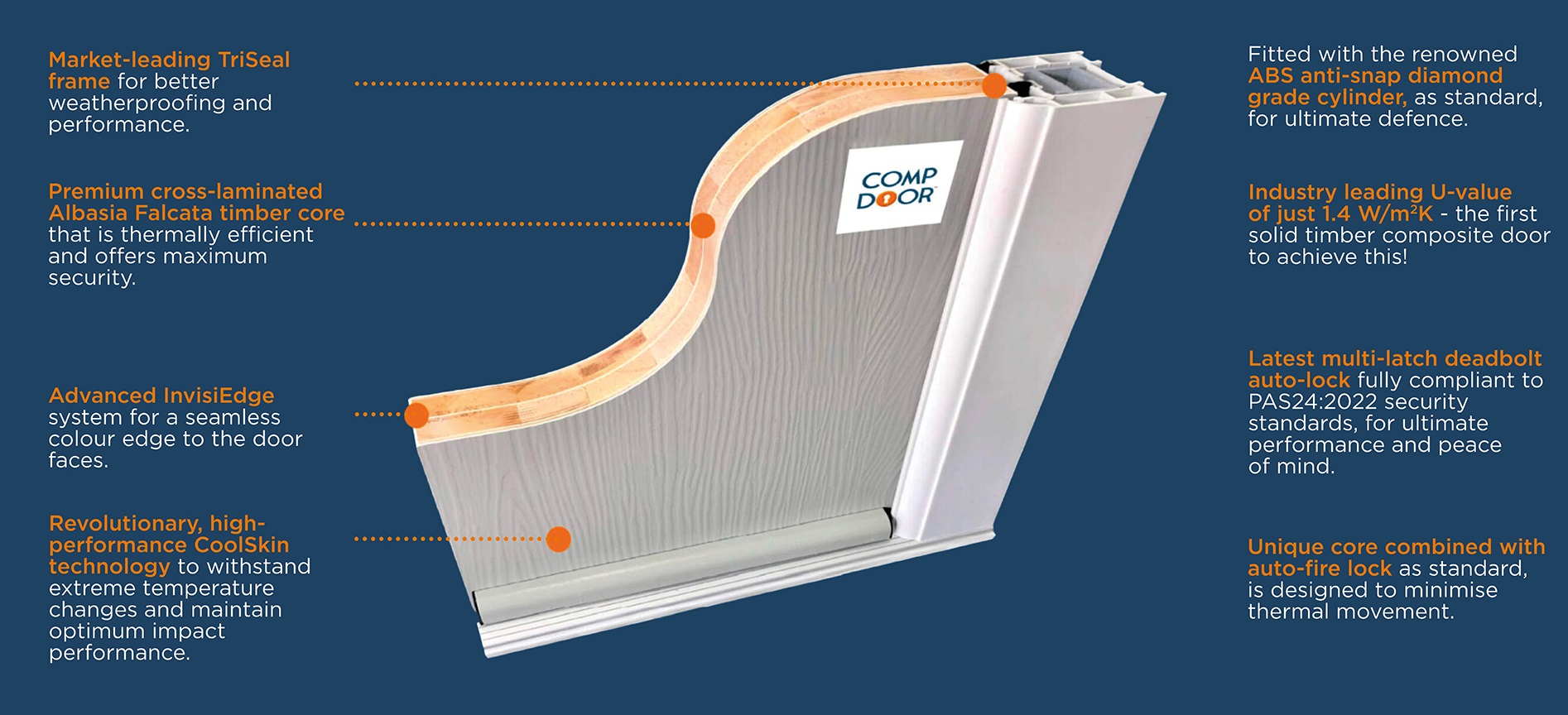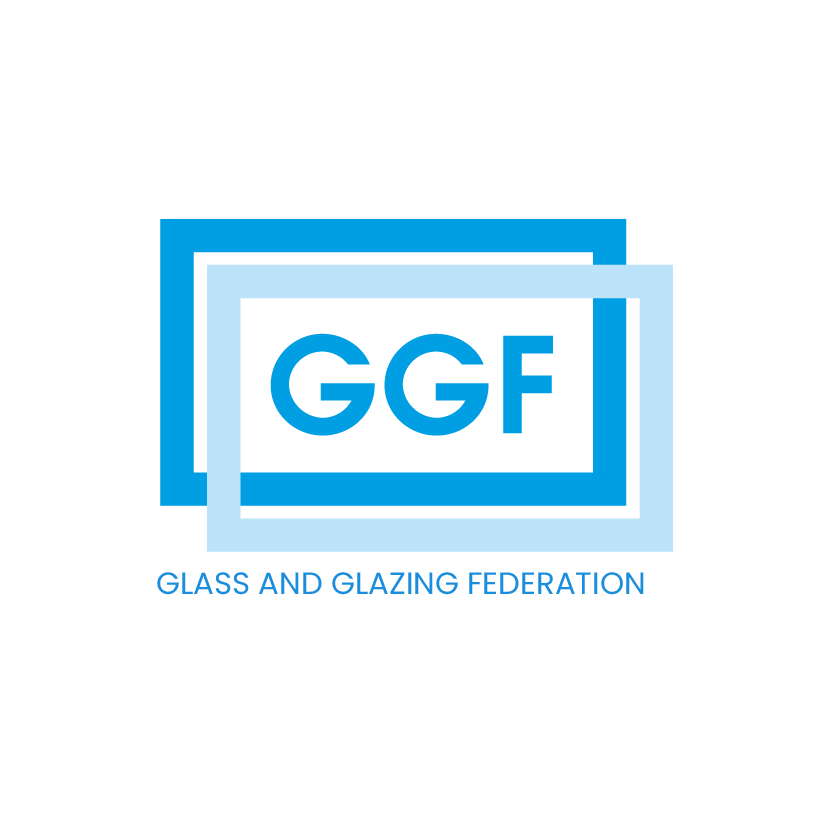
Timber - PVC - Aluminium - Windows, Doors & Conservatories in Hampshire
Do Composite Doors Fade? The Truth About Colour, UV Rays, and Finishes
Do Composite Doors Fade? The Truth About Colour, UV Rays, and Finishes
📌 The Honest Summary
- The Myth: “Composite doors never fade.” This is false. Low-quality doors can and do fade.
- The Solution: KJM uses Comp Door’s CoolSkin technology, which reflects heat and prevents fading.
- The Big Risk: It isn’t just fading—it’s thermal warping on south-facing dark doors.
- The Fix: Our solid timber core doors are engineered to withstand extreme temperature changes.
We have all seen them while driving around Hampshire: a front door that was once a bold Poppy Red but is now a chalky, patchy pink.
If you are about to invest in a new front door, this is naturally your biggest fear. You want to know if a Composite Door will suffer the same fate as those old timber or cheap uPVC doors.
The short answer is: Quality matters. Not all composite doors are created equal. Here is how our partner, Comp Door, uses advanced technology to solve this problem.
(Hover to reveal)
Modern CoolSkin technology reflects heat and blocks UV rays. Only cheap, painted doors bleach quickly.
(Hover to reveal)
Usually, it’s just dirty. A layer of traffic film creates a grey haze. Warm soapy water often restores the colour instantly.
(Hover to reveal)
Budget doors use gel coats that chalk. We use a 48mm Solid Timber Core wrapped in CoolSkin for durability.
Table of Contents
1. Not All Composite Doors Are Equal
One of the biggest misconceptions in the industry is that “Composite” is a single material. It isn’t. It is a category of door that ranges from budget DIY-store options to premium engineered products.
Budget Doors (The Risk): Cheaper composite doors often use a standard painted gel coat on top of a thin GRP skin. Over time, UV rays from the sun break down the chemical bonds in this surface paint, causing the “chalking” effect where the colour rubs off on your finger.
Premium Doors (KJM Standard): At KJM, our main supplier is Comp Door. We choose them because they use a solid timber core wrapped in a revolutionary, high-performance skin designed specifically to fight the sun.
2. The Comp Door Difference: CoolSkin Technology
CoolSkin composite doors are a newer and more developed addition to the composite door market. Unlike standard GRP doors that absorb heat, CoolSkin doors are engineered to reflect it.

How CoolSkin Stops Fading & Warping
CoolSkin technology features a solar deflective layer. This is innovative engineering that helps the door stay cool, even in direct sunlight. This is particularly beneficial if your door is exposed to intense sunlight for prolonged periods.
- Prevents Discolouration: The protective layer stops the door skin from wearing, cracking, or fading, helping it look its best for longer.
- Heat Reflective Properties: By reflecting heat rather than absorbing it, the door surface doesn’t become too hot to touch (a common complaint with older black composite doors).
- Consistent Temperature: This helps regulate the temperature inside your home, contributing to energy efficiency.
At the Heart: The Solid Timber Core
Beneath the CoolSkin lies the real strength of the door: a premium 48mm cross-laminated Albasia Falcata timber core. This solid core offers maximum security and thermal efficiency.
Crucially, this timber core is wrapped in the CoolSkin technology. This combination is engineered to withstand extreme temperature changes and maintain optimum impact performance.
Weatherproofing: TriSeal & InvisiEdge
Fading isn’t the only enemy; moisture is too. Comp Doors feature two industry-leading technologies:
- TriSeal Frame: An industry-first frame offering better weatherproofing and reducing the chance of drafts for a cosy, safe home.
- InvisiEdge System: A technically advanced system giving a seamless colour edge to the door faces. This maintains perfect aesthetics whilst ensuring up to 100% moisture resistance, stopping water penetration that could rot the core.
✅ A Comprehensive Set of Features
Why compromise? Every Comp Door from KJM comes with:
- Over 250 colour combinations inside & out
- 48mm solid timber core
- Outstanding 1.4 W/m²K u-Value
- Highly advanced secure locking system
- InvisiEdge seamless colour edge
- All locks compliant to PAS24:2022
- ABS anti-snap diamond grade cylinder as standard
3. The Elephant in the Room: Thermal Movement
While CoolSkin technology has largely solved the fading issue, thermal movement (warping) remains a risk for any door facing south.
⚠️ Warning: South-Facing Doors
If your front door faces directly South and is exposed to full sun all day, Dark Colours (Black, Anthracite Grey, Navy) will get incredibly hot.
However, Comp Door’s unique core combined with the Auto Slam Shut lock is designed specifically to minimise this movement. The CoolSkin reflects the heat, and the cross-laminated timber core resists bowing better than foam-filled alternatives.
🧮 Interactive: Will My Door Fade or Warp?
Use our simple checker to see if your door choice is high risk.
4. Maintenance: Fading vs. Dulling
Even with CoolSkin, we often get calls from customers saying their door has faded, only to find it is actually just dirty.
Atmospheric dust, car fumes, and salt create a microscopic layer of grime that kills the gloss. Fortunately, CoolSkin doors require minimal maintenance.
How to maintain the colour:
- DO: Wash the door twice a year with warm soapy water and a soft cloth.
- DON’T: Use abrasive cleaners (Cif, bleach), pressure washers, or wire wool. These destroy the protective layer.
Check out our full guide: 5 Ways to Clean and Maintain Your Composite Door.
5. Frequently Asked Questions
Comp Doors use CoolSkin technology with a solar deflective layer specifically designed to resist fading. While no material is 100% immune to decades of extreme UV exposure, CoolSkin is currently one of the most robust solutions on the market for south-facing locations.
This is the CoolSkin working! It reflects heat away from the core. While the surface may feel warm, the heat is not penetrating deep into the Albasia timber core, preventing the thermal movement that causes other doors to bow and stick.
Yes. Comp Door offers a warranty that covers colour stability. The CoolSkin technology is engineered to withstand extreme temperature changes and maintain optimum impact performance with a colour protective layer so that it won’t get worn away or chipped.
🚪 Composite Door Knowledge Hub
Continue your research with our expert guides:
- The 2026 Glazing Outlook” – High-level summary of the pivot to growth. - 9 December 2025
- Industry News: The Future Homes Standard 2025 & What It Means for Your Windows - 1 December 2025
- KJM Group MD Attends House of Commons Event to Champion UK Glass Industry - 14 November 2025













